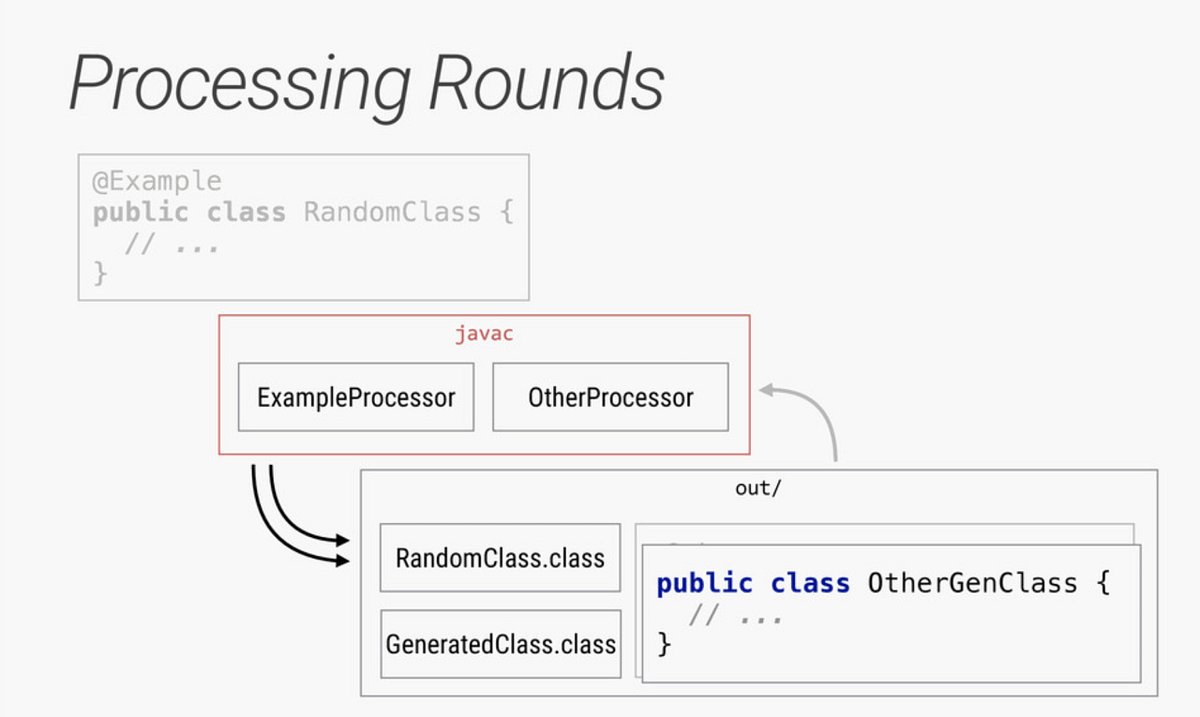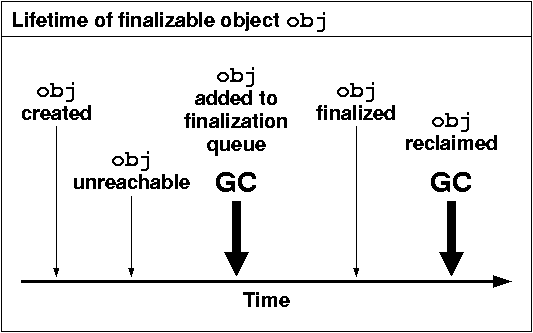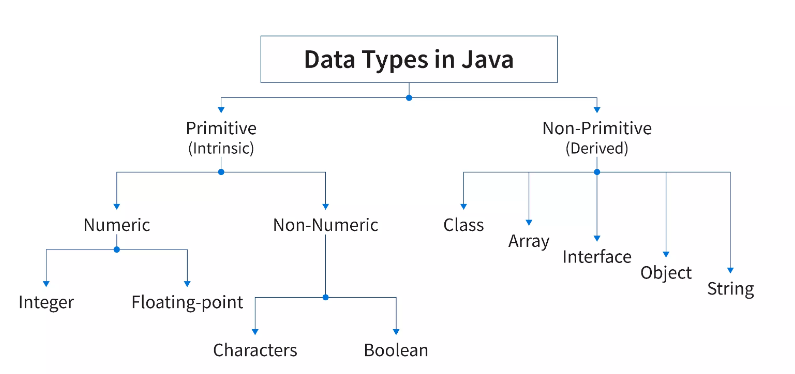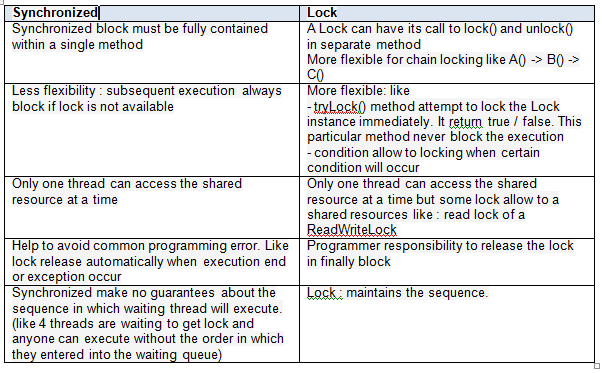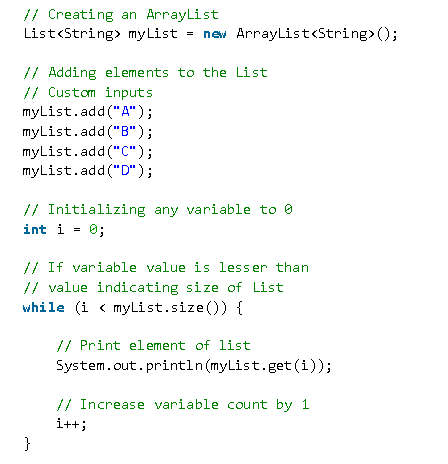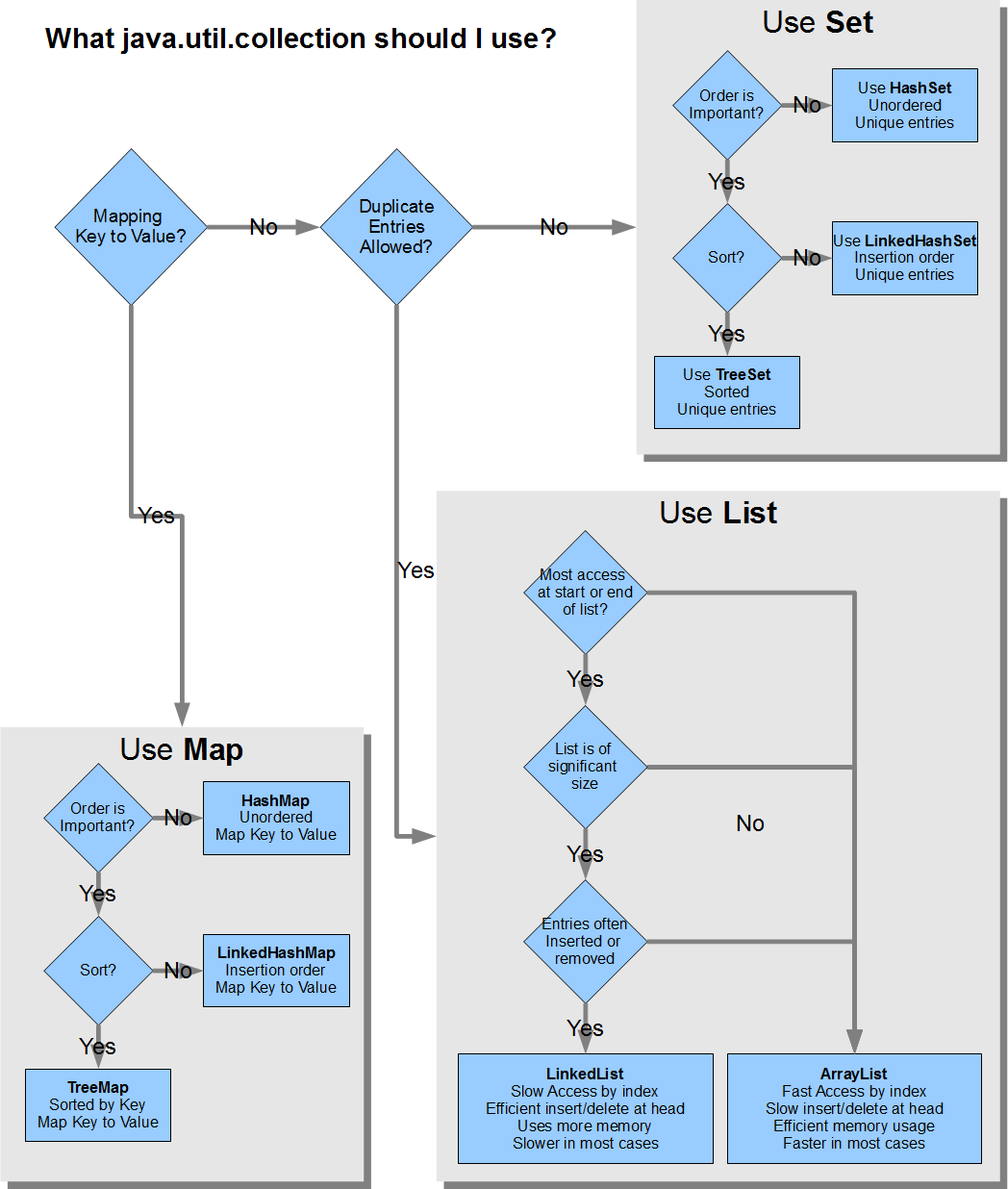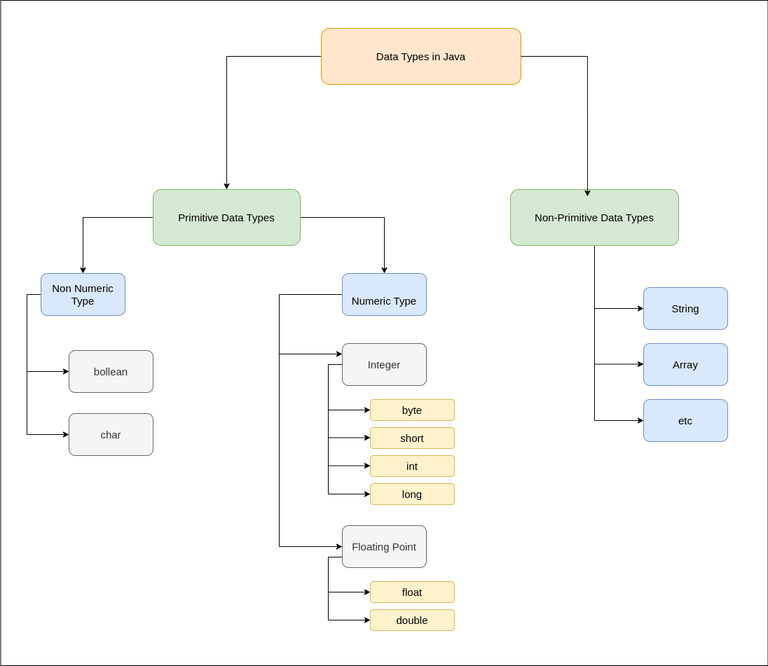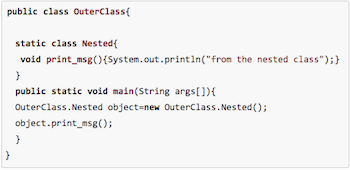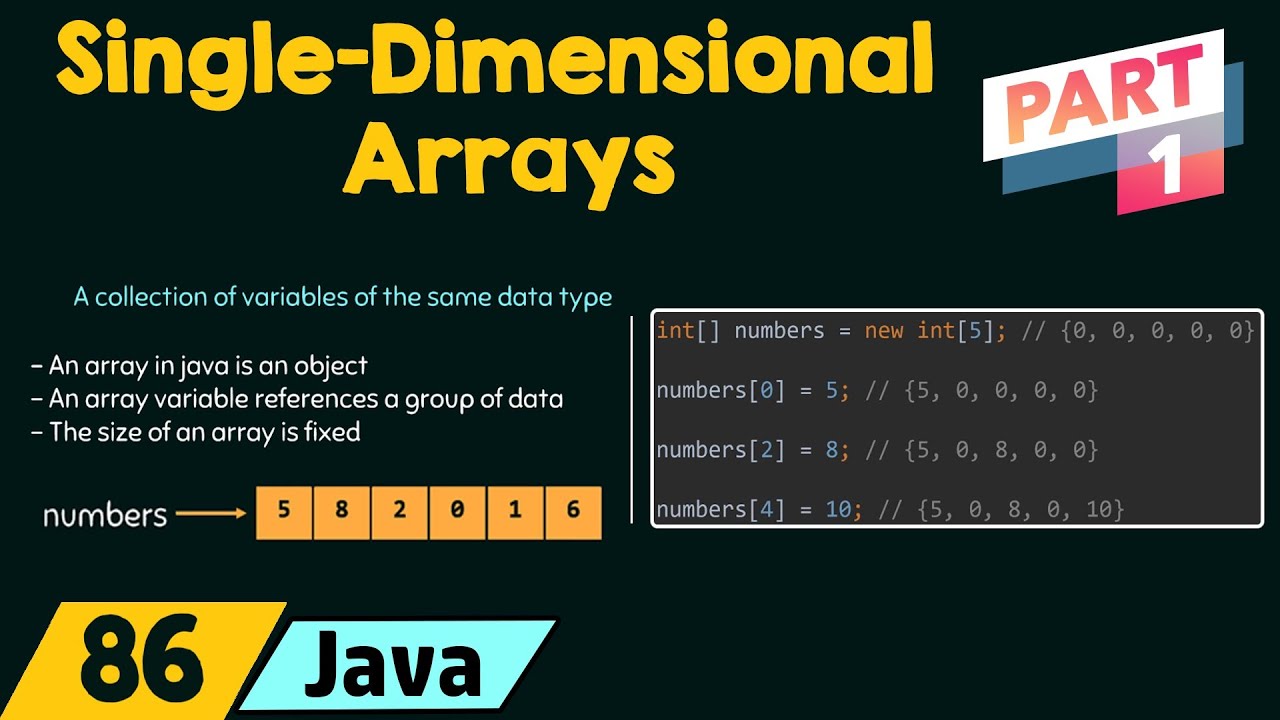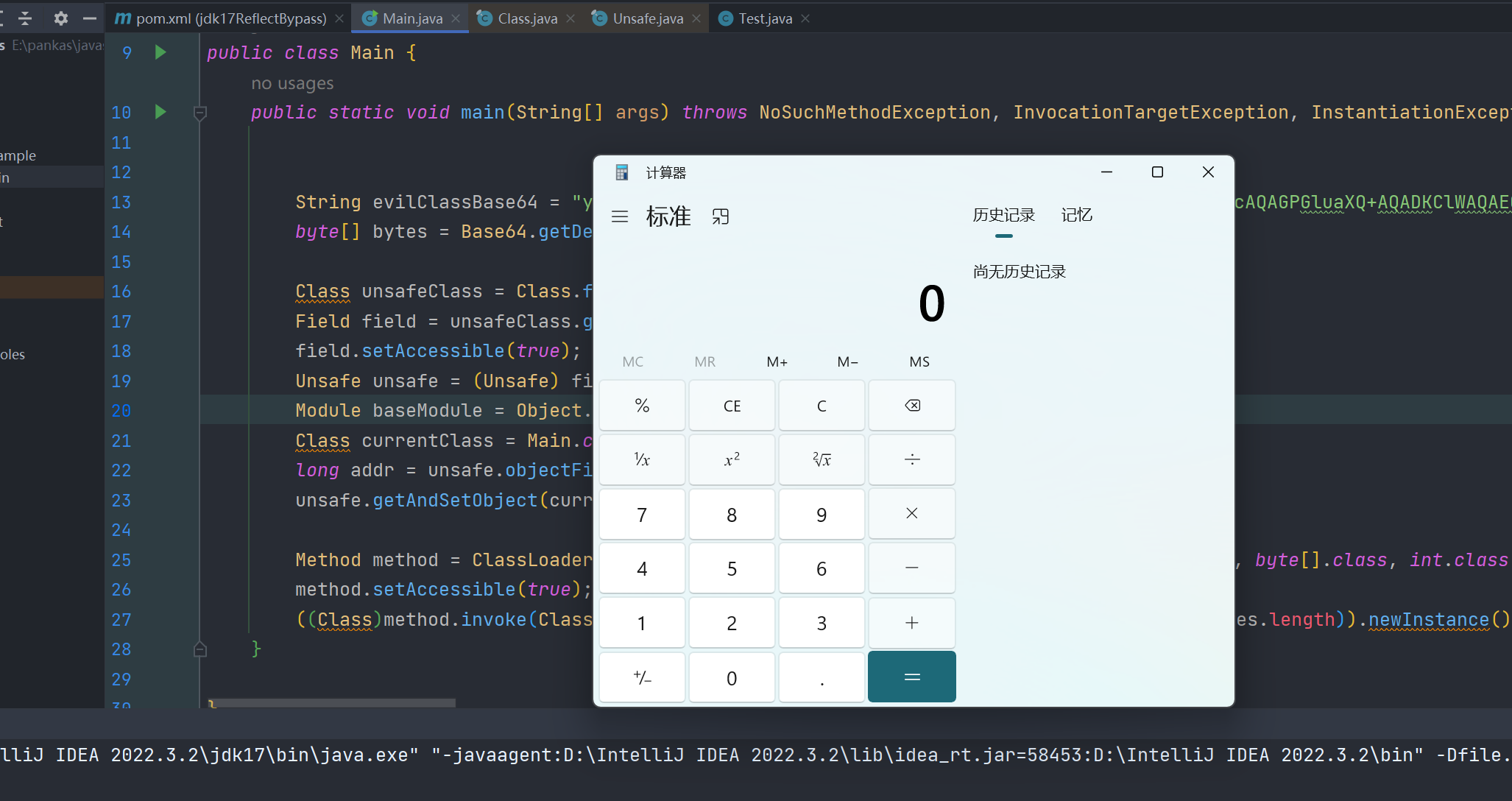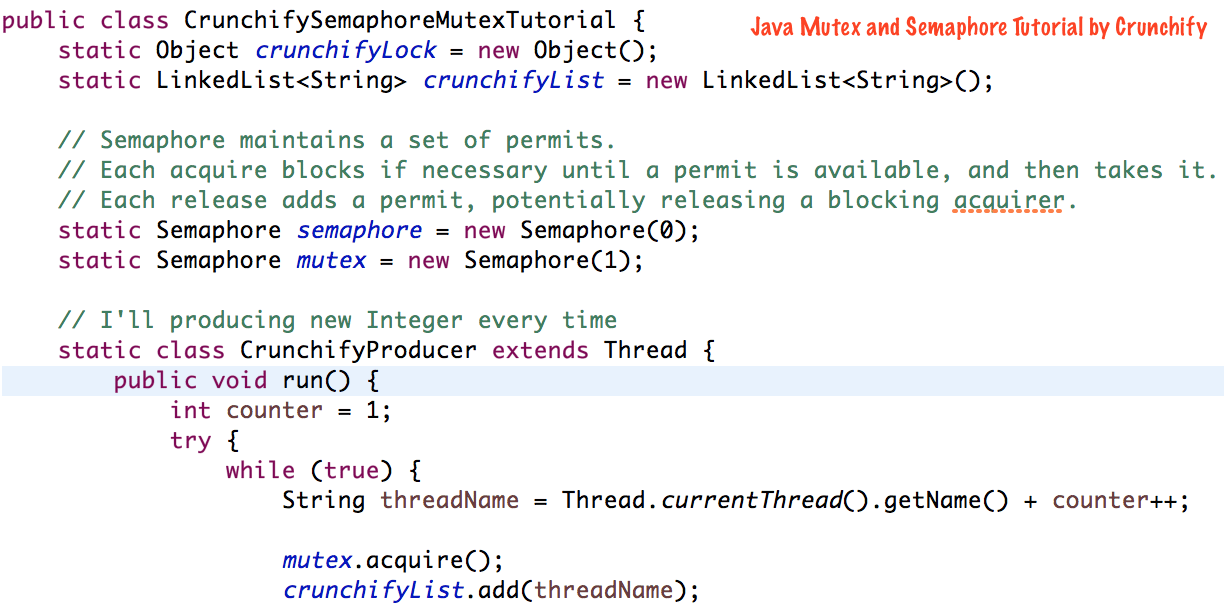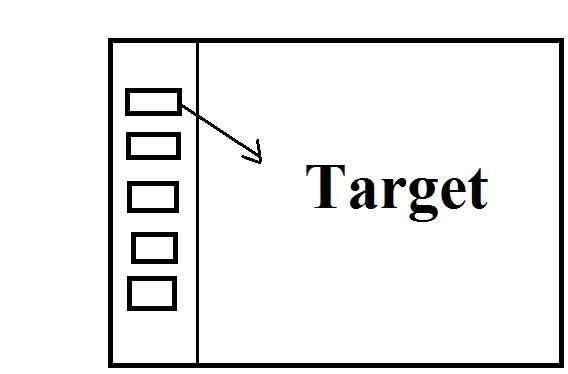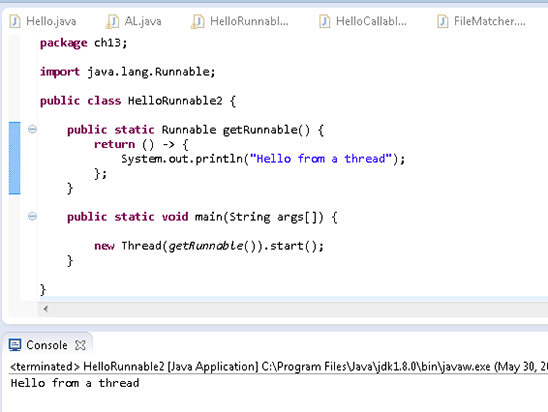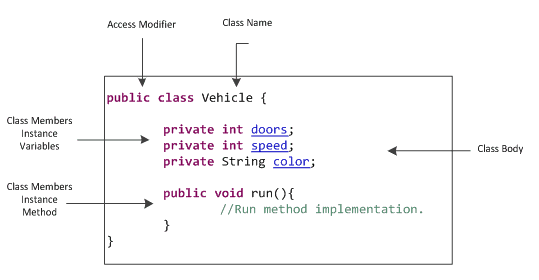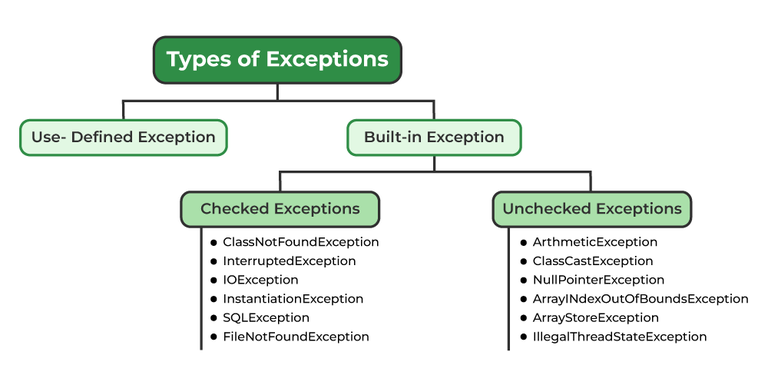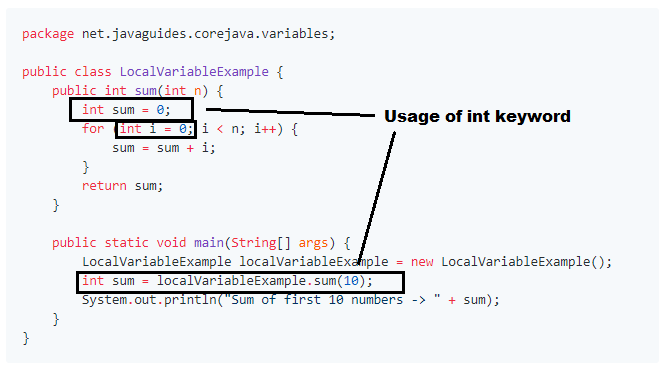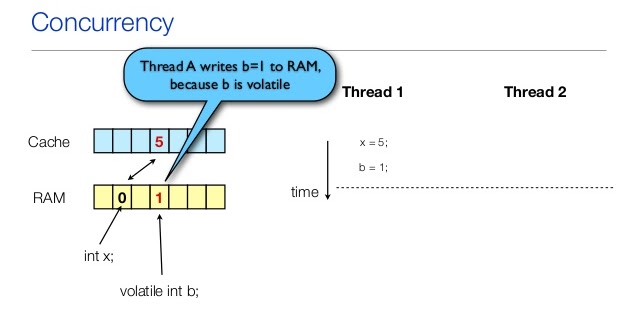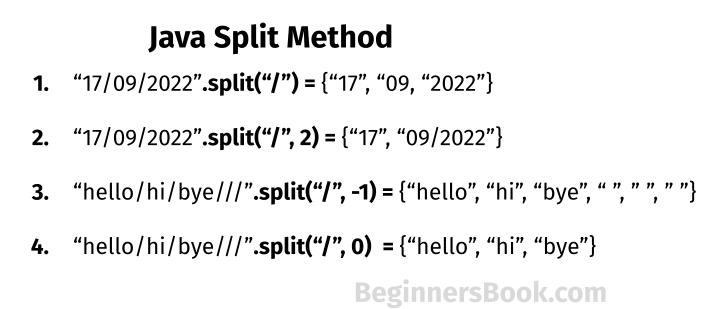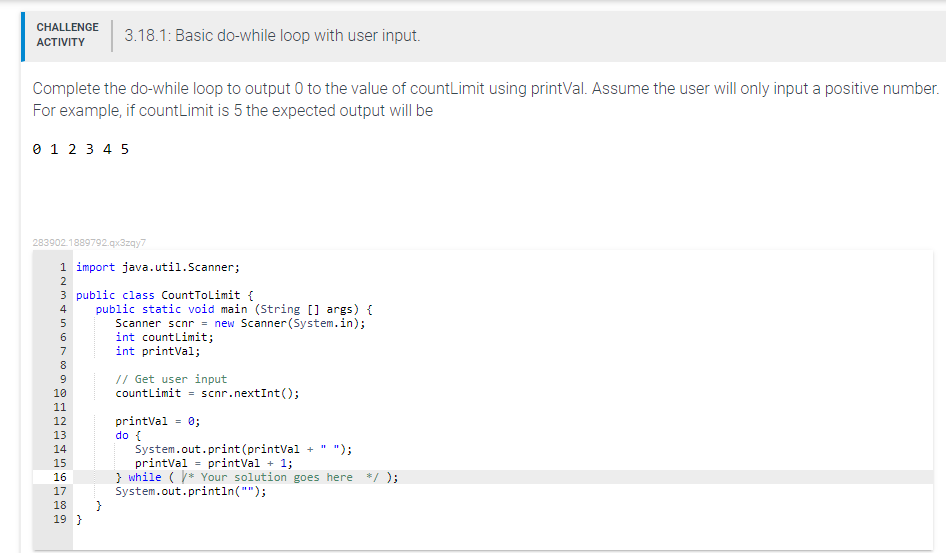string methods in java
string methods in java
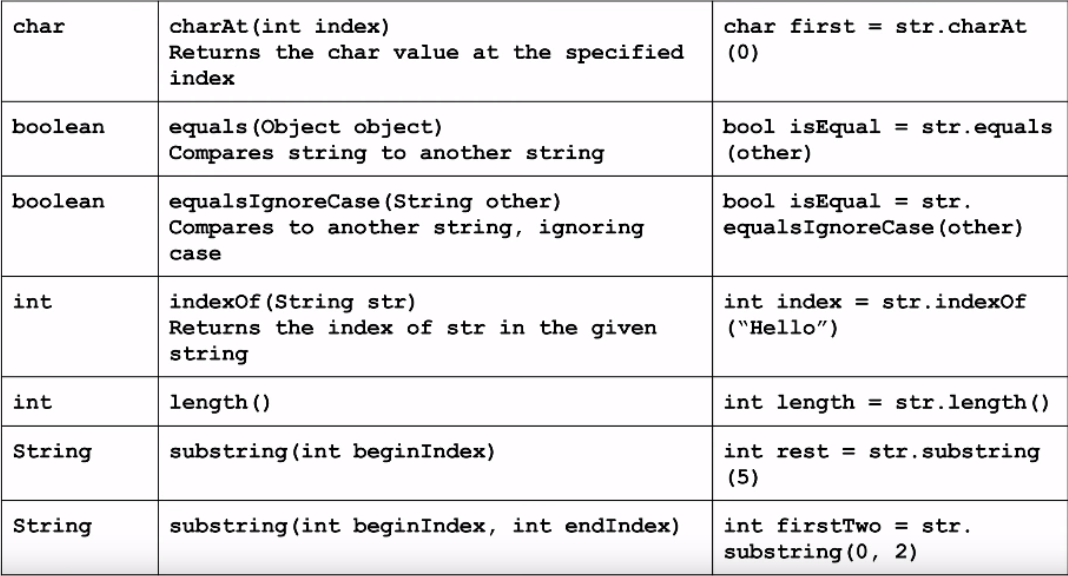
String manipulation is an essential aspect of any programming language, and Java is no exception. The Java String class provides a plethora of methods for manipulating strings, which are used to represent text.
toUpperCase(): This method converts the entire string to uppercase. toLowerCase(): This method converts the entire string to lowercase. substring(int beginIndex, int endIndex): This method returns a new string that is a substring of this string. The substring begins at the specified beginIndex and extends to the character at index endIndex - 1. indexOf(String str): This method returns the index within this string of the first occurrence of the specified substring. lastIndexOf(String str): This method returns the index within this string of the last occurrence of the specified substring. replace(char oldChar, char newChar): This method replaces each occurrence of a specified character in the original string with another specified character. concat(String s1): This method concatenates the characters of this String object and the characters of the specified String argument to create a new String. split(String regex) :This method splits this string around matches of the given regular expression pattern. trim(): This method returns a copy of this character sequence with leading and trailing optional whitespace removed.
Here is an example:
public class Main {public static void main(String[] args) {
String str = "Hello, World!";
// Convert to uppercase
System.out.println(str.toUpperCase()); // HELLO, WORLD!
// Convert to lowercase
System.out.println(str.toLowerCase()); // hello, world!
// Get the substring
System.out.println(str.substring(7)); // World!
// Find the index of a string
int idx = str.indexOf("World");
System.out.println(idx); // Output: 7
// Replace character in the string
String newStr = str.replace('o', 'a');
System.out.println(newStr); // Hall, Warla!
// Concatenate strings
String finalStr = str.concat(" is a nice message.");
System.out.println(finalStr); // Hello, World! is a nice message.
// Split the string by comma and space
String[] splitStr = str.split("[, ]+");
for (String s : splitStr) {
System.out.println(s);
} // Output:
// Hello
// World!
// Trim the string
System.out.println(str.trim()); // Hello, World!
}
}
In this example, we demonstrate the various string methods available in Java, including converting to uppercase or lowercase, getting a substring, finding the index of a specific string, replacing characters, concatenating strings, splitting a string, and trimming a string.
stringbuilder vs stringbuffer in java
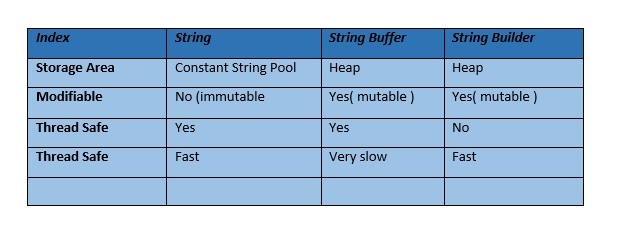
The age-old debate: StringBuilder versus StringBuffer in Java.
In Java, there are two primary classes for manipulating strings: StringBuilder and StringBuffer. While both classes share similar functionality, they have distinct differences that make one more suitable than the other depending on the use case. Let's dive into the details.
StringBuffer
StringBuffer is a class that extends the AbstractStringBuilder class and provides a buffer to build a string incrementally. It was introduced in Java 1.0 and has been around since then. Here are some key characteristics of StringBuffer:
Synchronized: StringBuffer is thread-safe, meaning it can be safely used in multithreaded environments without worrying about concurrent access issues.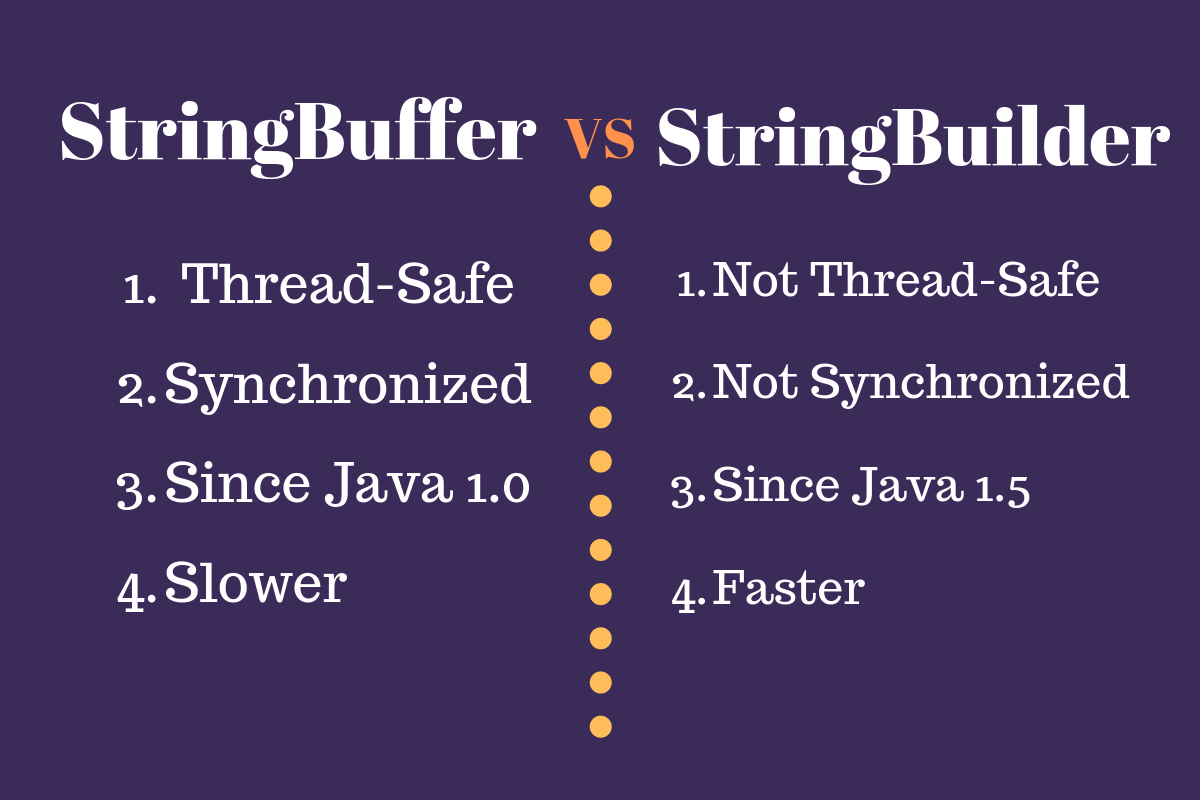
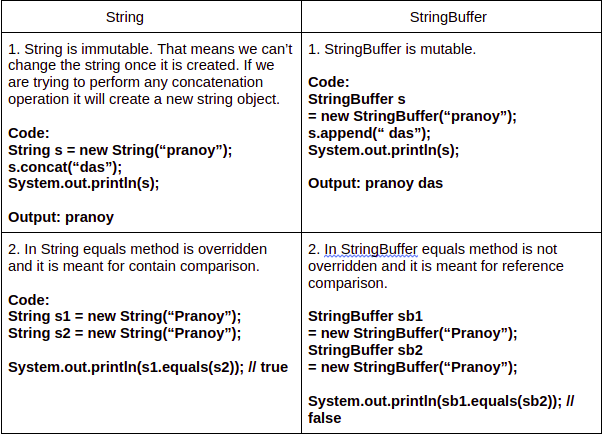

StringBuilder
StringBuilder is an unsynchronized version of StringBuffer. It was introduced in Java 1.4 as part of the J2SE 5.0 platform. Here are some key characteristics of StringBuilder:
Unsynchronized: StringBuilder is not thread-safe and should be used with caution in multithreaded environments. Faster performance: Since it doesn't have the synchronization overhead, StringBuilder tends to perform better than StringBuffer, especially for large strings or high-frequency string manipulation operations. No additional cost: StringBuilder methods, such as append(), insert(), and replace(), do not incur any additional synchronization costs.When to use each
So, when should you choose StringBuffer over StringBuilder?
Multithreaded environment: If your application is designed for concurrent access by multiple threads, and string manipulation is a critical part of the workflow, use StringBuffer. String-intensive operations: When dealing with large amounts of string data or complex string manipulation operations in a single thread, StringBuffer might be the better choice to ensure thread-safety.On the other hand, when should you choose StringBuilder over StringBuffer?
Single-threaded environment: In most cases where your application is not designed for concurrent access, use StringBuilder for its faster performance and reduced overhead. Simple string manipulation: For basic string operations or small-scale string manipulation in a single thread, StringBuilder is sufficient.In conclusion, while both classes share similar functionality, the choice between StringBuffer and StringBuilder depends on the specific requirements of your application. If you're working with strings in a multithreaded environment or need thread-safe methods, choose StringBuffer. For most use cases involving simple string manipulation in a single-threaded environment, StringBuilder is the better choice.
Hope this detailed explanation helps clarify the differences between Stringbuilder vs StringBuffer in Java!





